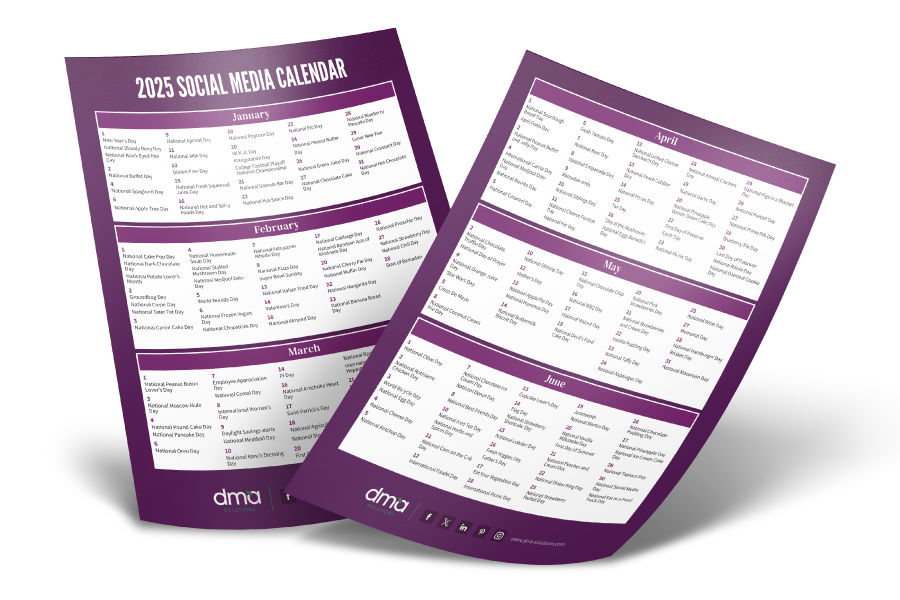When faced with a situation or opportunities that require input from more than one person, a brainstorming meeting can be the perfect environment to foster great ideas and inspire creativity. Whether you’re hosting a brainstorm or attending one in the near future, follow these steps to make the biggest impact with your collaborative session.
Steps to A Successful Collaboration Session
Establish a goal in advance
The best brainstorms are executed consciously and intentionally. With a clear goal in mind, participants of a brainstorm will better understand what’s expected of them and how they can contribute. Setting this expectation is key to ensuring your brainstorm will be productive and that you’ll walk away from your session with a number of workable solutions. When hosting a brainstorm, be sure to clearly define the problem or opportunity you’re facing and share it with all members of the team before you meet to discuss.
Choose the right team
A brainstorm is more likely to be effective if you put some thought into selecting attendees. You’ll want the team to have some context about the situation so that you can focus less time on explaining the problem and more time on producing a solution. You’ll also want the team to have diverse day to day responsibilities so that you can approach the problem from multiple perspectives. Don’t let your think tank become a fish bowl by exclusively inviting like-minded people from the same department.
Have an agenda
When brainstorming with a team of peers, it’s easy to get sidetracked and share topics and ideas that aren’t necessarily relevant to the problem at hand. In brainstorming sessions, tangents aren’t always a bad thing – these departures often lead to some very valuable insights and perspectives that help the team stay creative and generate new ideas. But when no one is responsible for corralling your team back into the brainstorm, these tangents can become rabbit holes. You can create an environment for an effective brainstorm by setting an agenda at the beginning of the session. Use this to guide your team back to the topic at hand, and be sure to touch all the points on the agenda before bringing your brainstorm to a close.
Be prepared to contribute your own ideas
Whether you’re hosting a brainstorm or attending one, always come prepared with ideas. If you don’t feel you have enough context to contribute, don’t be afraid to ask questions beforehand. Your team will appreciate your presence more when you are engaged in the conversation.
The host of the brainstorm can get the ball rolling by sharing some initial thoughts, encouraging your team to follow suit with thoughts of their own. We find it helpful to ask members of a brainstorm to come prepared with a small set number of ideas, and then we move around the table to share them.
Be prepared to contribute to the ideas of others
The host of a brainstorm should aim for the result to be a brainchild of every member that attends. A good idea can be nurtured into an exceptional idea with the help of multiple perspectives and contributions. Be prepared not only to listen to the ideas of others, but also to challenge those ideas (respectfully, of course) and provide additional thoughts that can improve the overall concept. Encourage your team to share ideas that aren’t fully developed, because someone else in attendance may have the perfect piece to complete the puzzle.
Develop an actionable plan for next steps
A great brainstorm will produce multiple possible solutions to the problem or opportunity you’re taking on. With so many avenues for success at your hands, it’s important to delegate who will pursue each one. To ensure your brainstorm produces real results, bring it to a close by listing action items you’ve unveiled in your session and assign them to people who are passionate about each idea.
Approach your next brainstorming session by coming prepared, open-minded, and goal-oriented. Embrace the tangents that may arise and challenge yourself to create actionable results. Curious about the other ways we nurture innovation at DMA? Read our posts on Culture and Creativity to get inspired!
Have something to add? Leave us a comment below or reach out to us on Twitter @TheCoreBlog!
{{cta(‘fbc3d34f-cf67-49f8-9826-6a9a4c06733c’)}}

